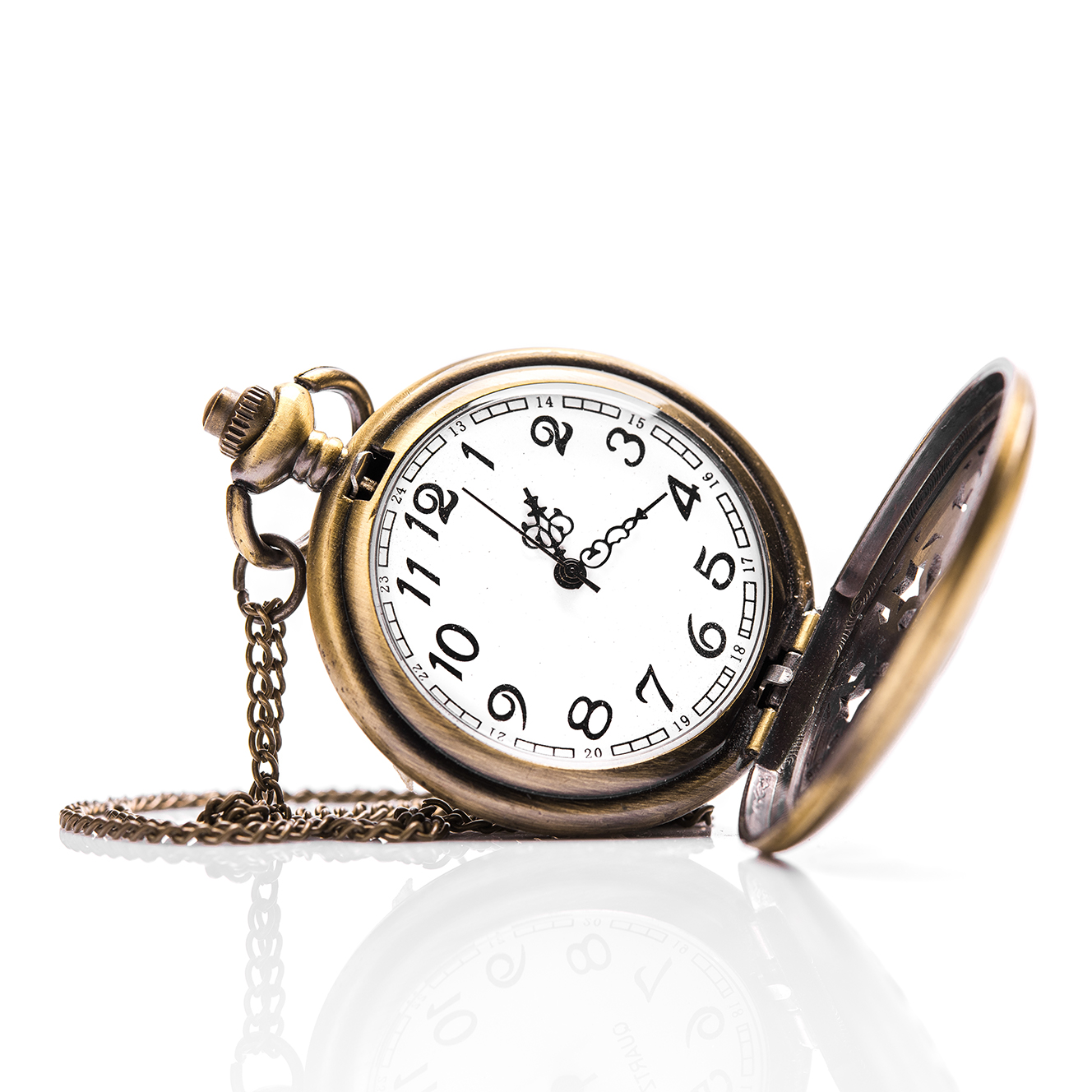From Pocket to Wrist: It’s Time to Watch Hamilton and Vortic
 I used to love pocket watches. My Wyatt Earp Halloween costume was not complete until I had a gold pocket watch hanging from my black vest. It’s no surprise then that reading the court’s decision on a motion for summary judgment in Hamilton Int’l Ltd. v. Vortic LLC piqued my interest. Vortic—a watchmaker that restores antique pocket watches, and converts them into wrist watches—is about to present its defense at trial in the Southern District of New York on claims that one of its converted watches infringes trademarks owned by the venerated Hamilton Watch Company, which produced its first watch in the 1890s and is still in business today.
I used to love pocket watches. My Wyatt Earp Halloween costume was not complete until I had a gold pocket watch hanging from my black vest. It’s no surprise then that reading the court’s decision on a motion for summary judgment in Hamilton Int’l Ltd. v. Vortic LLC piqued my interest. Vortic—a watchmaker that restores antique pocket watches, and converts them into wrist watches—is about to present its defense at trial in the Southern District of New York on claims that one of its converted watches infringes trademarks owned by the venerated Hamilton Watch Company, which produced its first watch in the 1890s and is still in business today.
The Vortic watch style at issue is called “The Lancaster.” It uses a restored movement (i.e. the internal mechanism), face and hands from pocket watches produced by Hamilton, but the other parts of the wristwatch are produced by Vortic and the ultimate product is also assembled by Vortic. The Hamilton mark is visible on both the front and back of the watch. In order to produce The Lancaster, Vortic modifies the movement mechanism and, in some cases, must use parts from multiple Hamilton pocket watches.
Denying Hamilton’s motion for summary judgment, Judge Alison Nathan held that the case at trial will turn on facts bearing on the issue of likelihood of consumer confusion, including the “crucial supplemental factor” of whether Vortic provided adequate disclosure of the nature of the watch being sold as a “modified genuine product.”
While there is no dispute that Vortic uses Hamilton’s marks in commerce without Hamilton’s consent, Judge Nathan’s summary judgment opinion relied on the Supreme Court’s decision in Champion Spark Plug Co. v. Sanders, 331 U.S. 125 (1947) in concluding that a reasonable fact finder could determine the uses were unlikely to cause consumer confusion because Vortic had disclosed on its website and packaging that it had used Hamilton parts in creating the wrist watch. Just as in Champion, where the Court found there was no infringement when a defendant sold repaired and reconditioned spark plugs conspicuously labelled as such, the disclosures on Vortic’s packaging and website disclosed that the various parts of its rebuilt wristwatch “‘started out their life in a … pocket watch made by [Hamilton].’” Because consumers would expect that used or repaired second hand goods would not be in original condition or were otherwise inferior, a conspicuous label on the advertisements or packaging may constitute full disclosure for trademark purposes.
Judge Nathan also analyzed the Second Circuit’s Polaroid factors that are applied when determining the likelihood of consumer confusion in trademark cases (not involving reconditioned or modified goods), and concluded that five of the eight factors were not relevant and would not be part of the analysis. On the remaining three factors—actual confusion, defendant’s good faith and sophistication of the buyers—Judge Nathan concluded there was no evidence of actual confusion and there was a genuine dispute of fact regarding Vortic’s good faith. Further, because the watches were expensive, the relevant consumers would likely be more discerning than usual in making a purchasing decision. Accordingly, these factors counseled against granting summary judgment to Hamilton.
In its motion for reconsideration, Hamilton complained that Judge Nathan had improperly considered only three of the eight Polaroid factors in denying summary judgment. Judge Nathan denied the motion, holding that while it was incumbent upon the court to engage in a review of each factor, the court need not apply every factor in every trademark infringement case if a factor is deemed inapplicable and the court explains why, as was the case here.
Judge Nathan set a bench trial to commence February 19, assuming the case does not settle beforehand. In denying both Hamilton’s motion for summary judgment, and its motion for reconsideration, Judge Nathan previewed her views on many of the issues that she will ultimately decide. Unless Hamilton produces additional evidence of actual confusion at trial, it appears the die is cast against it. Regardless, the case will be interesting to watch.







